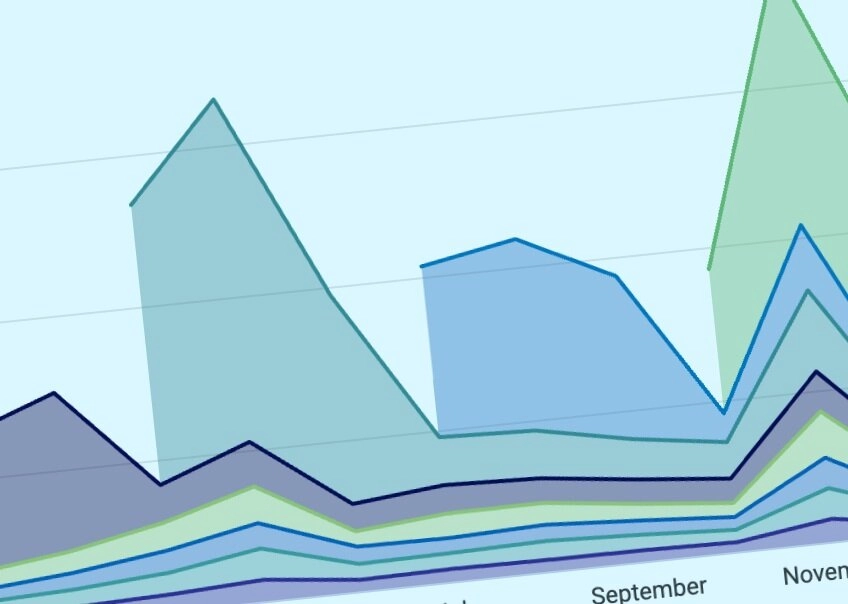A common question we receive is “How should we be tracking customer retention?”
The classic way of tracking retention is by comparing period over period customer counts and discounting newly acquired customers. The resulting metric gives you a broad sense of how well you are retaining customers over a long period, and can be readily derived from standard reports available in your e-commerce platform.
However, this metric is coarse, and difficult to action against given the lack of insights into key customer segments, leading clients to ask the above question.
With the advent of tools that track customer behavior individually, we can now track retention at a much more granular level, unlocking new approaches to track the health of key cohorts and impact of business initiatives.
How to Track eCommerce Customer Retention
In this post, we explore how to find a set of customer retention metrics for e-commerce (spoiler!) that work as living metrics for you to help track the growth of your business.
The Classic Spreadsheet Approach
As mentioned above, the classic approach to calculating retention looks like this:
Retention Rate = (Customers at period end – Customers acquired) / Customers at period start
To ensure stability in the metric, typically these periods are longer intervals that capture the majority of returning customers like 6 or 12 months and fit easily in to financial models. However, the longer you extend the time period, the less responsive the metric is to changes in your business until well in to the future.
And given the aggregated nature, we’re not able to look at individual behaviors that roll into the key cohorts that matter to your business.
Here are some key questions businesses struggle to answer with this classic calculation:
- How many new customers came back to make a repeat purchase?
- What are the retention rates of your loyal customers?
- How did the remarketing initiative you made last month impact customer retention?
Benefits to Tracking Retention at an Individual Level
By tracking purchase behaviors at an individual customer level, newer analytics tools in the market such as Decile open up the possibilities for retention metrics at a more granular level.
First, you can easily isolate key customer groups such as newly acquired customers or brand loyalists, and calculate retention within each cohort. In 2020, several brands we worked with were blindsided by a drop in retention amongst their most loyal customers, which wasn’t obvious in the aggregated retention metric.
Another key benefit to looking at this metric from an individual rather than aggregate perspective is the ability to track the impact of changes to your business.
In the classic retention metric, an individual who purchased on the last day of Period A and the first day of Period B is treated the same as an individual who purchased early in Period A and late in Period B. If you made a change to your business in the middle of one of these periods, it’s difficult to do an apples-to-apples comparison since you lose precision on whether an individual came in before or after the change.

Depiction of new customers who made repeat purchases
For the new customers who did make a repeat purchase in the above diagram, using the aggregated approach over 6-month windows would have us conclude that only 50% of customers from Q1 came back. By tracking at an individual level, we would see that both new customers from Q2 came back within 3 months, illustrating the potential impact of the change in retention tactics.
How quickly do these retention insights become actionable?
If we make a change that may impact retention, how soon is it reasonable to expect results?
When investigating the efficacy of a change in remarketing notifications for a client relying on a 12-month lookback as their primary retention period, we found ourselves repeatedly asking the question “what did retention rates of previous cohorts look like at more recent time periods (e.g. 3 months, 6 months)?”
Given we were working at an individual level, it was easy to create this view and see how individual cohorts performed at 3, 6, and 12 months post acquisition. A striking trend emerged:

Ah ha! The trend lines largely follow one another.
Statistically speaking, the 3-month repurchase rate captured over 80% of the variance of the full 12-year repurchase rate, making the 3-month repurchase rate a great leading indicator for retention. Now, rather than waiting 9 months to see impact, we can measure the impact within a quarter!
The specific period may vary from business to business, but looking at retention rates across different time periods may unlock your ability to track changes more responsively.
Summing Up
With individual-based analytics tooling in place, we can broaden our view of retention to include metrics tracking:
-
a macro level view of retention across your business
-
newly acquired customer return rates
-
how well you’re retaining your most loyal customers
And with the ability to track changes more responsively, you’ll have a much better understanding of the effects of key initiatives to grow your business.
As a data and analytics platform tracking customer behaviors at an individual level, Decile provides you with quick access to visualizations of the key metrics across your business.
To learn more, contact sales@decile.com or schedule a demo.

